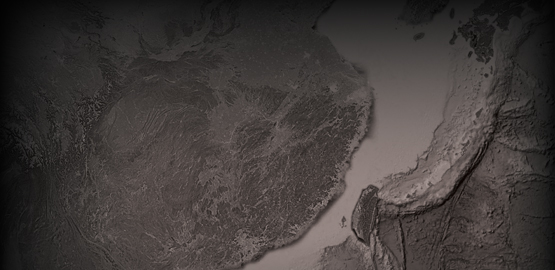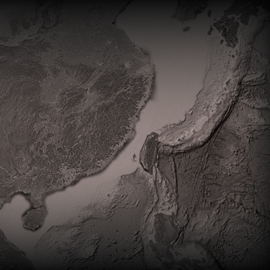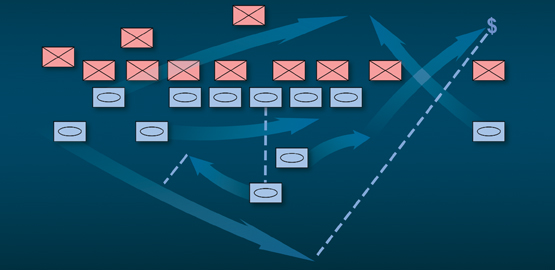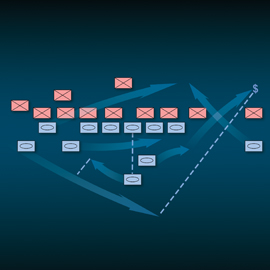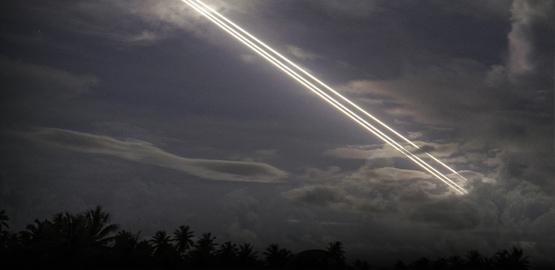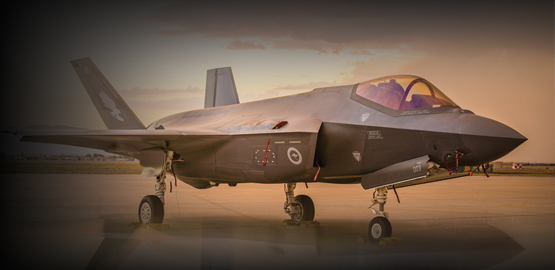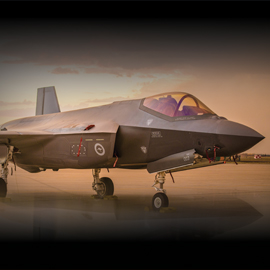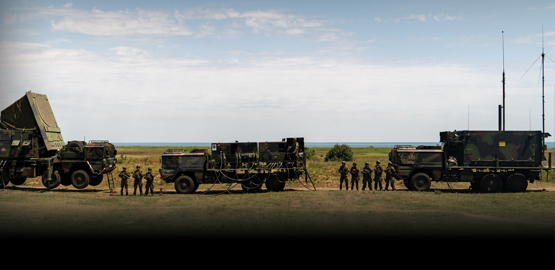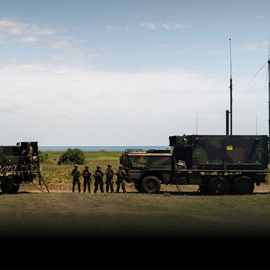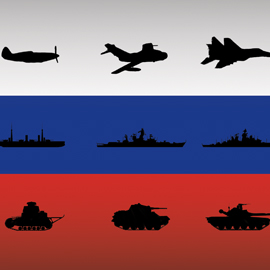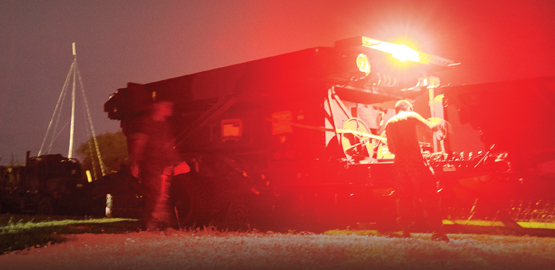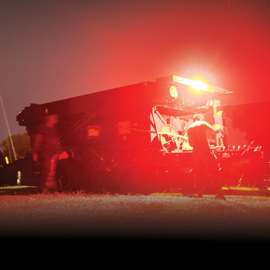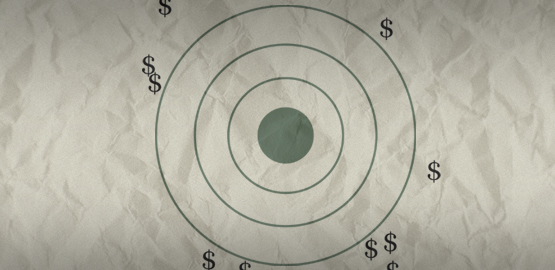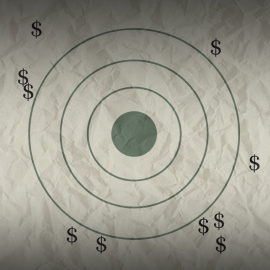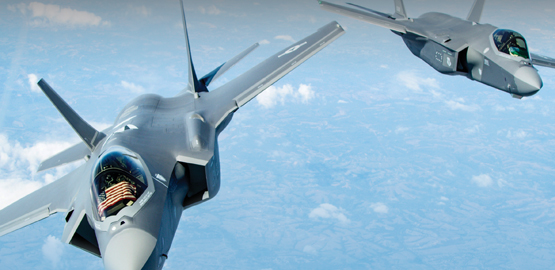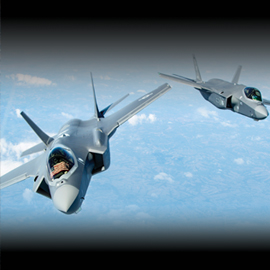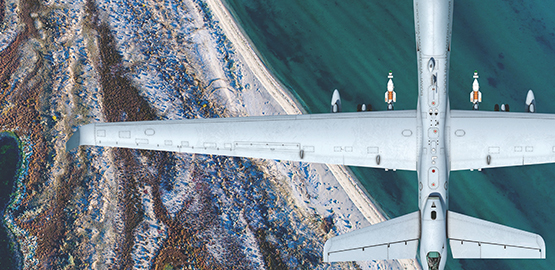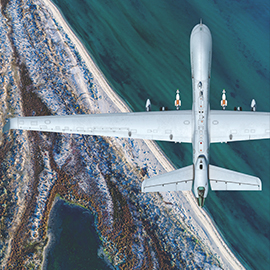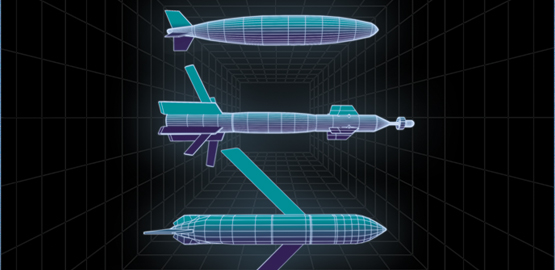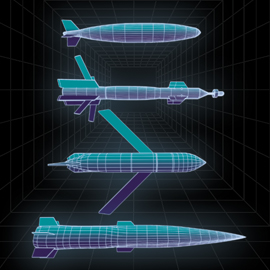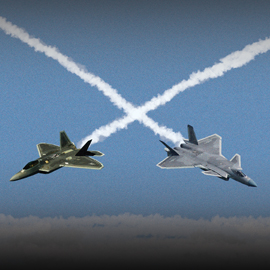Publications
"Nobody does defense policy better than CSBA. Their work on strategic and budgetary topics manages to combine first-rate quality and in-depth research with timeliness and accessibility—which is why so many professionals consider their products indispensable." – Gideon Rose, Editor of Foreign Affairs, 2010-2021
An Air Force Strategy for the Long Haul
This monograph discusses the current state of the United States Air Force and how it can better align its institutional identity and force posture to the future security environment. It offers a fiscally-constrained menu of recommendations for how that realignment might be realized over the next twenty years, with a larger force posture in mind.
Regaining Strategic Competence
The central argument of this report is that, in light of the complex and intensifying security challenges the United States now faces, the nation can no longer afford poor strategic performance. The time to reverse the decline in US strategic competence is long overdue. The first task is for American political and military leaders to develop a clearer understanding of what strategy actually is, and what cognitive skills are necessary to craft and implement good strategies.
Analysis of the FY 2010 Defense Budget Request
The Obama Administration has requested a total of $668 billion for the Department of Defense (DoD) in the FY 2010 budget. The “base” budget for the Department includes $534 billion in discretionary funding and an additional $4 billion in mandatory funding. The budget also includes, for the first time, full-year funding for the wars in Iraq and Afghanistan—now termed Overseas Contingency Operations (OCO). The cost of the wars is estimated at $130 billion for FY 2010. In real terms, the base DoD budget is an $18 billion increase over last year’s budget, while the funding for the wars in Iraq and Afghanistan is a $17 billion decrease from FY 2009.
Impact of the Wars in Iraq and Afghanistan on the US Military’s Plans, Programs and Budgets
This report assesses the effect that the operations in these two theaters have had on the plans, programs, and budgets of the US military, specifically those of the US Army. It makes projections for the future costs of the operations in these two theaters.
Reshaping America’s Alliances for the Long Haul
The United States currently faces a host of critical foreign and defense policy challenges, including the wars in Afghanistan and Iraq, instability in Pakistan and the reconstitution of an operational sanctuary for key elements of al Qaeda and the Taliban in parts of that country, Iran’s development of an indigenous uranium enrichment capability and perhaps a nuclear weapons program as well, a resurgent Russia that is increasingly authoritarian at home and assertive abroad, and China’s ongoing development and deployment of advanced military capabilities. In addition to managing these current conflicts and potential crises, the President and his advisors will also be responsible for decisions that will shape US defense strategy and force structure for years and possibly even decades to come. Because the dangers the United States now faces are so numerous and so demanding, one of the most critical tasks for the Obama administration will be to reassess and reshape America’s military alliances.
Nuclear Terrorism: Assessing the Threat, Developing a Response
Over the past several years, the prospect of a terrorist group armed with a nuclear weapon has frequently been cited as a genuine and overriding threat to the security of the United States. Although the likelihood of a nuclear terrorist attack may be relatively low, the consequences of such an attack would obviously be enormous. There is, therefore, widespread agreement regarding the severity of this threat. Despite this consensus, a number of important questions remain open to debate: How real is the risk that a terrorist group could acquire or construct a functional nuclear device, and how might it attempt to do so? Which group poses the greatest threat in this regard, how has that threat changed over time, and is it currently growing or abating? What existing and prospective measures will prove most effective in preventing terrorists from obtaining a nuclear weapon, stopping them from delivering and detonating a weapon if prevention fails, and responding both at home and abroad in the event that an attack succeeds? The purpose of this report is to examine these critical issues.
